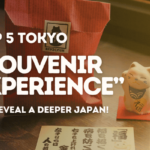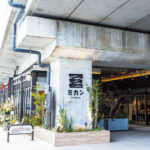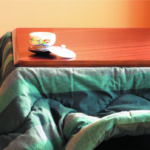ATT.JAPAN × JapanUp! magazine
November 2021 (vol. 169)
.
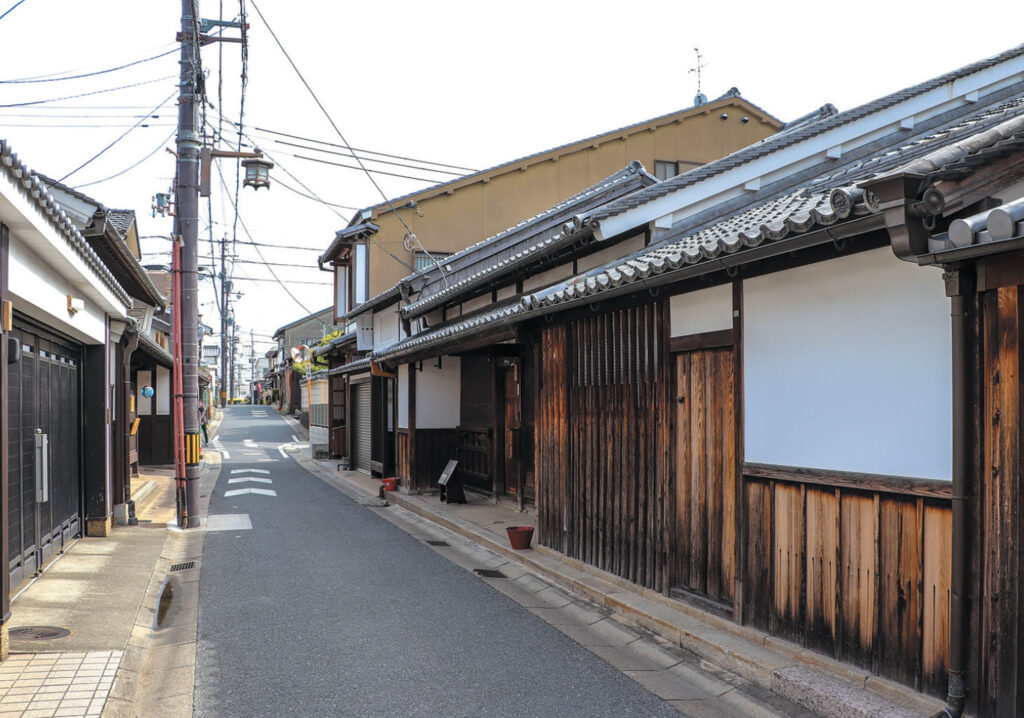
NARAMACHI
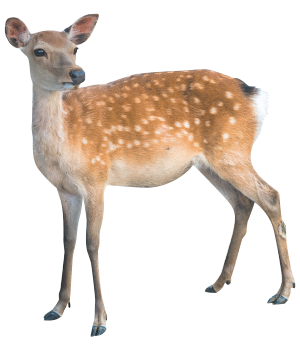
Hailed as the capital from 710 until 794 when the capital was transferred to Heiankyo (Kyoto), Nara has been etched into history as the hub of ancient Japan. Called “Heijokyo,” it was a large, 24 million square meter-capital that spread approximately 4.2km from east to west and 4.8km from north to south, with the “Gekyo” flanking the eastern side. The Gekyo (“outer city”) had numerous shrines and temples where travelers still now go sightseeing or pay their respects. This area is now known as “Naramachi.

Machiya (traditional Japanese townhouses) line the streets, preserving remnants of the late Edo to Meiji periods (mid–19th to early 20th century).
Photo caption: A short walk from Kintetsu Nara Station!
.
Gangoji Temple

Most of the Naramachi area was once the premises of Gangoji Temple, which has over 1,300 years of history. In the Asuka area of Nara Prefecture, Japan’s oldest, authentic Buddhist temple Hokoji (Asukadera) was established at the end of the 6th century, and moved to the current place around 718 and renamed to Gangoji Temple in accordance with the capital relocation. In 1998, it was registered as one of UNESCO’s World Heritage sites as the Historic Monuments of Ancient Nara, and the Gokuraku-do Hall and Zen Room were also designated national treasures. Furthermore, a part of the structure’s roofing tiles is known to be the oldest tiles in Japan.
.
Sarawa-ike Pond
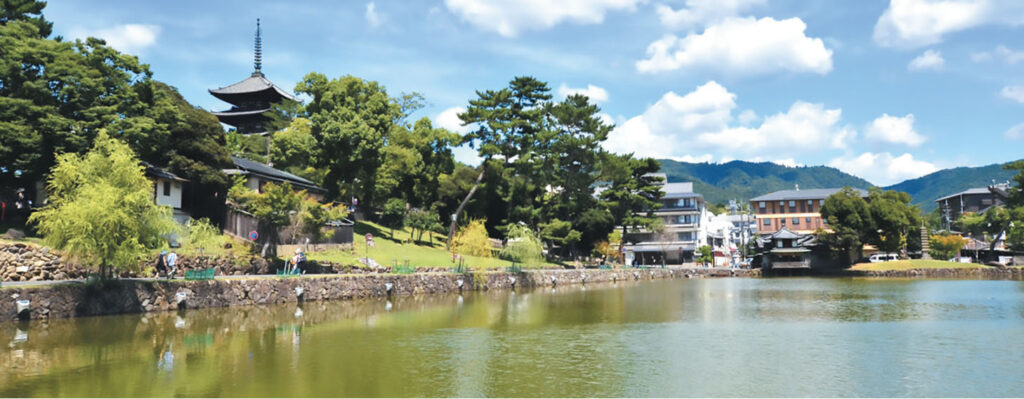
In Nara Park, known for its many deer, is Sarusawa-ike Pond, a body of water with a perimeter of 360 meters. Visitors can take in the view of Kofukuji Temple’s five-storied pagoda reflected upon the water’s surface. In the vicinity of Sarusawa-ike Pond is Starbucks Coffee, an ideal place to take a break while relishing the view of the pond.
.
CAFÉ ETRANGER NARAD
The place to go to quickly satisfy your sweet tooth is “CAFÉ ETRANGER NARAD,” a restaurant and cafe inside the Nara City Tourist Information Center “NARANICLE.” Their soft-serve ice cream is topped with cute deer cookies. Besides the classic vanilla flavor, they also offer a “Yamato Tea” flavor, a specialty of Nara.
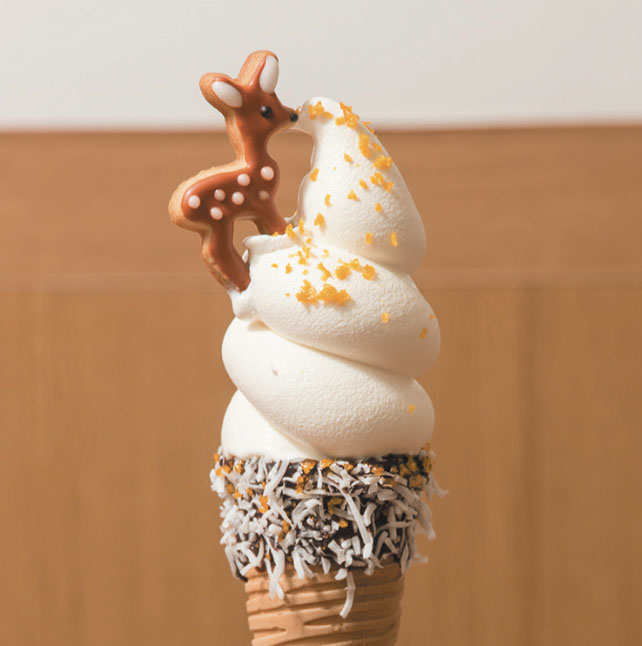
.
Nakagawa Masashichi Shoten (Nara Main Store)
With fans all over Japan, Nakagawa Masashichi Shoten was established in Nara Prefecture in 1716 and specializes in household items based on Japanese crafts. Its store in the “Shika Saru Kitsune Building” shopping center opened in April 2021 and displays a large variety of craft and specialty items from Nara with a cute but sophisticated feel, such as kaya-ori woven towels. Visitors can also get hands-on experience of Japanese crafts as well, such as dyeing postcards made from handmade, handwoven hemp.
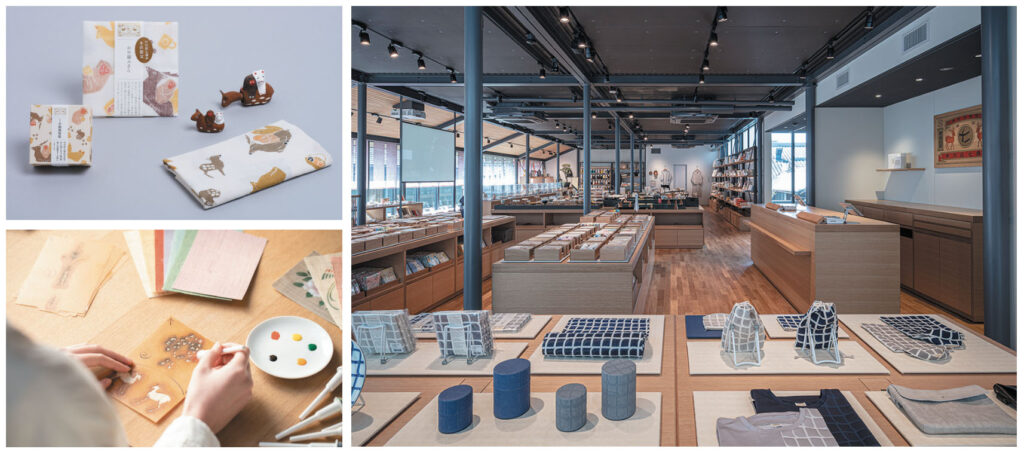
.
Find your favorite souvenir while shopping!
coto mono
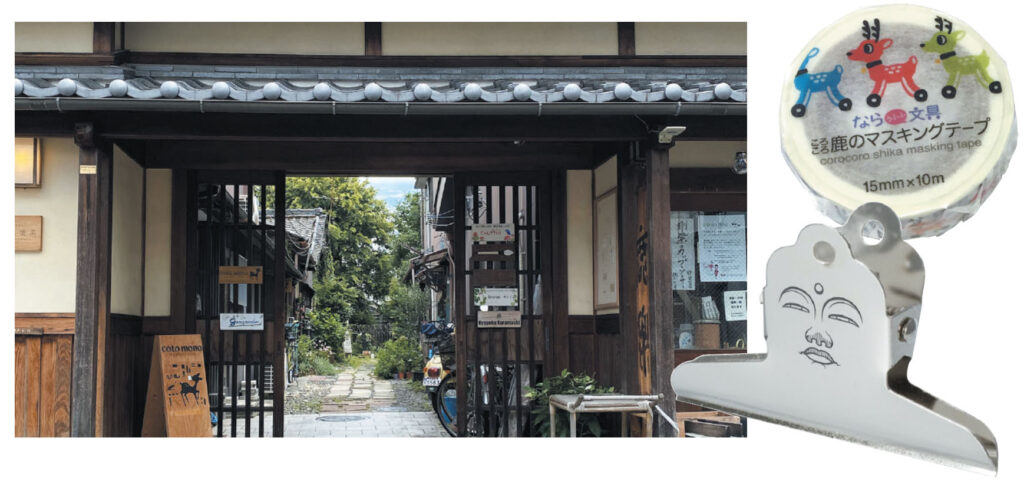
Step inside the lattice door of a terrace house in an alleyway and you will find this stationery/general goods store. The store is packed with various stationery items from Japan and around the world collected by the stationery-loving shop owner. Notable among them is the store’s original “Nara Ufufu Stationery” which showcases motifs of Nara Prefecture. Popular items include the memorable “Buddha Clips,” as well as notepads and masking tapes illustrated with images of deer.
Yamato Kobo Naramachi Store

Nara is known for its abundant production of traditional Japanese footwear such as setta – Japanese leather-soled sandals. At Yamato Kobo, Nara craftsmen specializing in setta-makin g offer various types of the sandals, including those of traditional designs to modernized sandals that pair well with Western-style clothing. They are distinguished for their breathability and comfort and are popular with many consumers overseas, too.
.
Take a break at a café!
Salon Naramachi Store
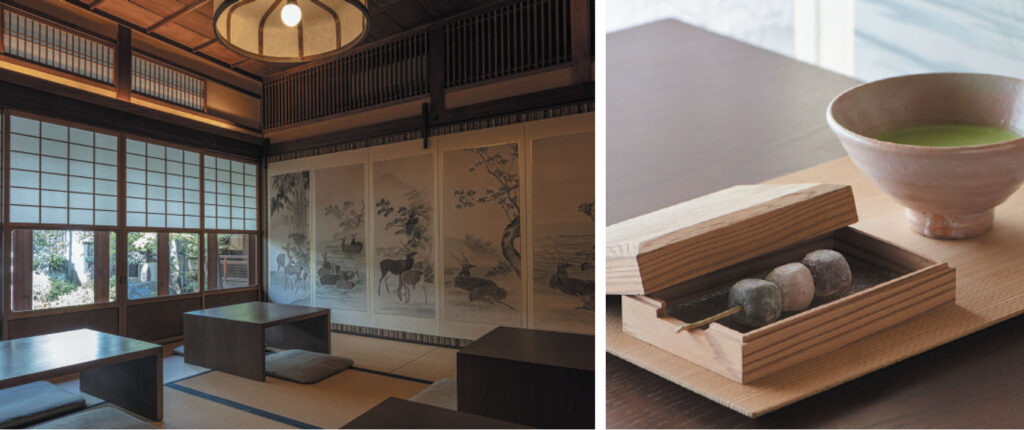
This store was launched by Nakagawa Masashichi Shoten in an effort to spread the culture of the Japanese tea ceremony. Here, visitors can enjoy tea and wagashi(traditional Japanese sweets). In addition to the casual table seats, the zashiki seats (featuring a low table on tatami mats) offer a view of the courtyard and Japanese-style structures possessing over 100 years of history. Visitors can get sets with which they can prepare their own tea, or make reservations to take part in Japanese tea ceremony workshops to further delve into the culture.
.
Shika no Fune
This store was launched by Nakagawa Masashichi Shoten in an effort to spread the culture of the Japanese tea ceremony. Here, visitors can enjoy tea and wagashi(traditional Japanese sweets). In addition to the casual table seats, the zashiki seats (featuring a low table on tatami mats) offer a view of the courtyard and Japanese-style structures possessing over 100 years of history. Visitors can get sets with which they can prepare their own tea, or make reservations to take part in Japanese tea ceremony workshops to further delve into the culture.

.
About att.JAPAN
The magazine att.JAPAN is for non-Japanese visiting from overseas and those residing in Japan. This quarterly magazine written in English, Mandarin, and Korean offers a wide range of information about Japan—from travel and sightseeing to various aspects of traditional culture and the latest trends. The magazine is distributed at major airports, hotels, and tourist information centers throughout Japan.
https://att-japan.net/en/
Facebook: att.JAPAN
Instagram: att.japan

.
f
,
f
f
f

